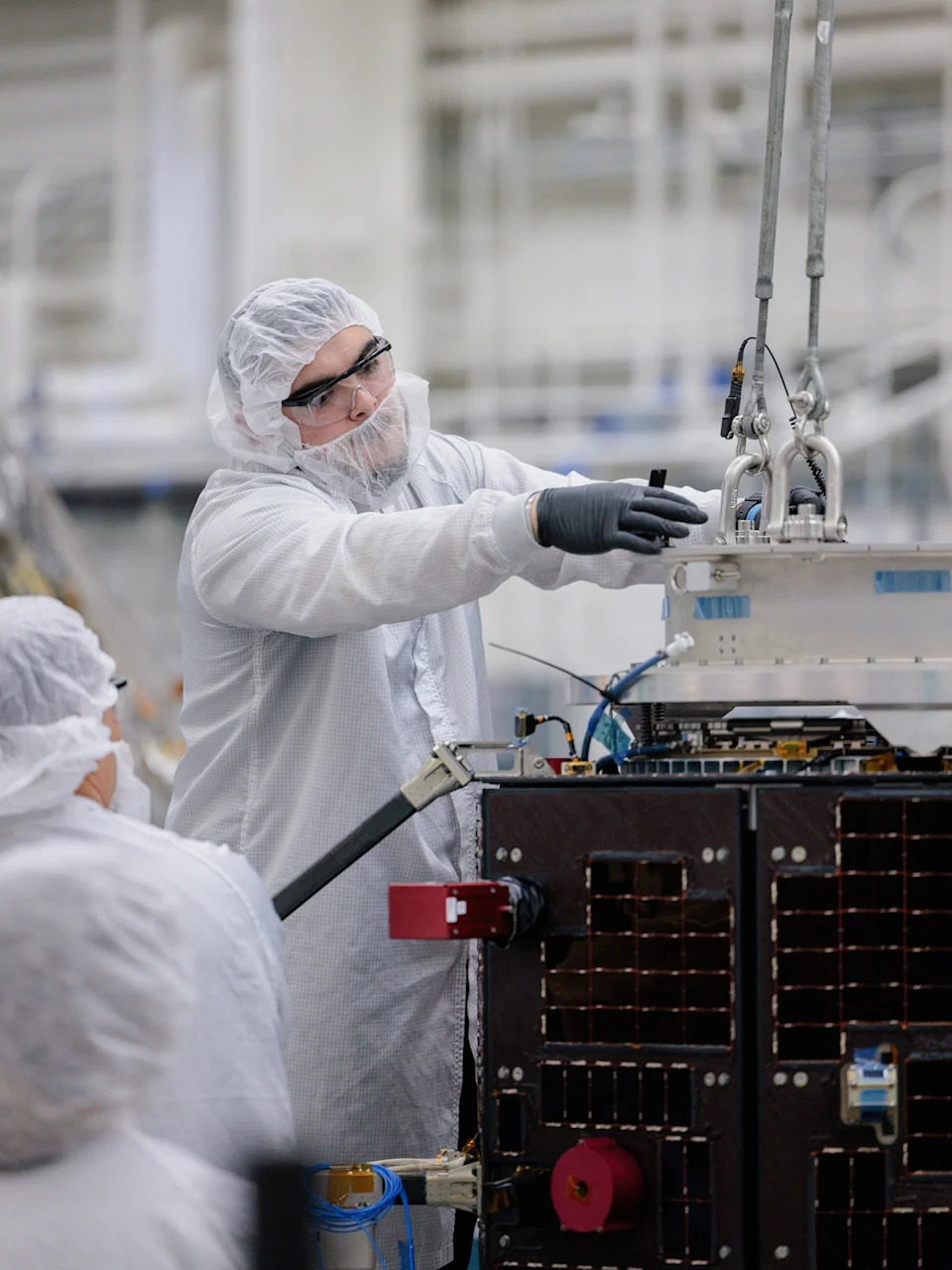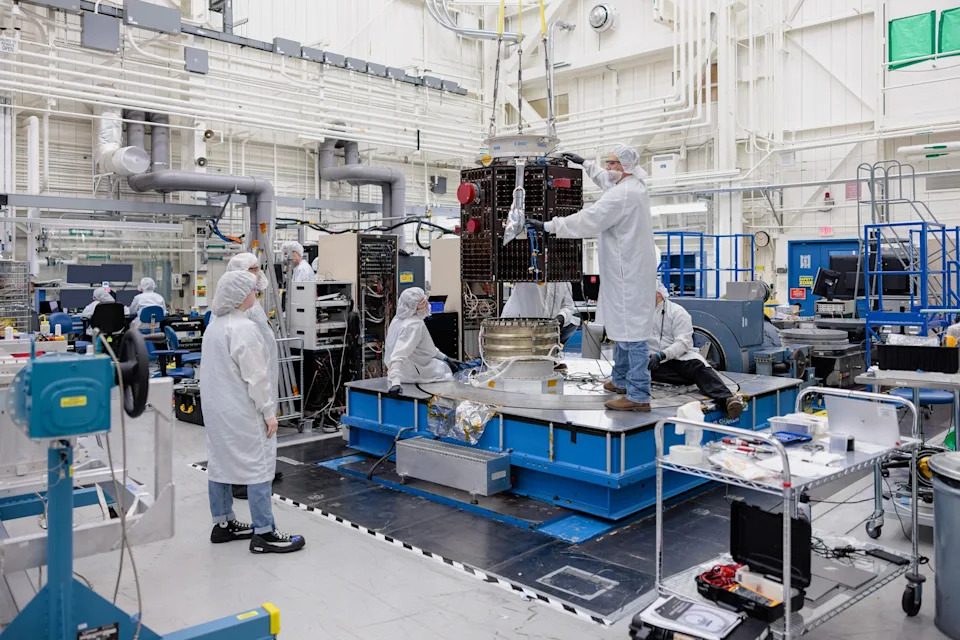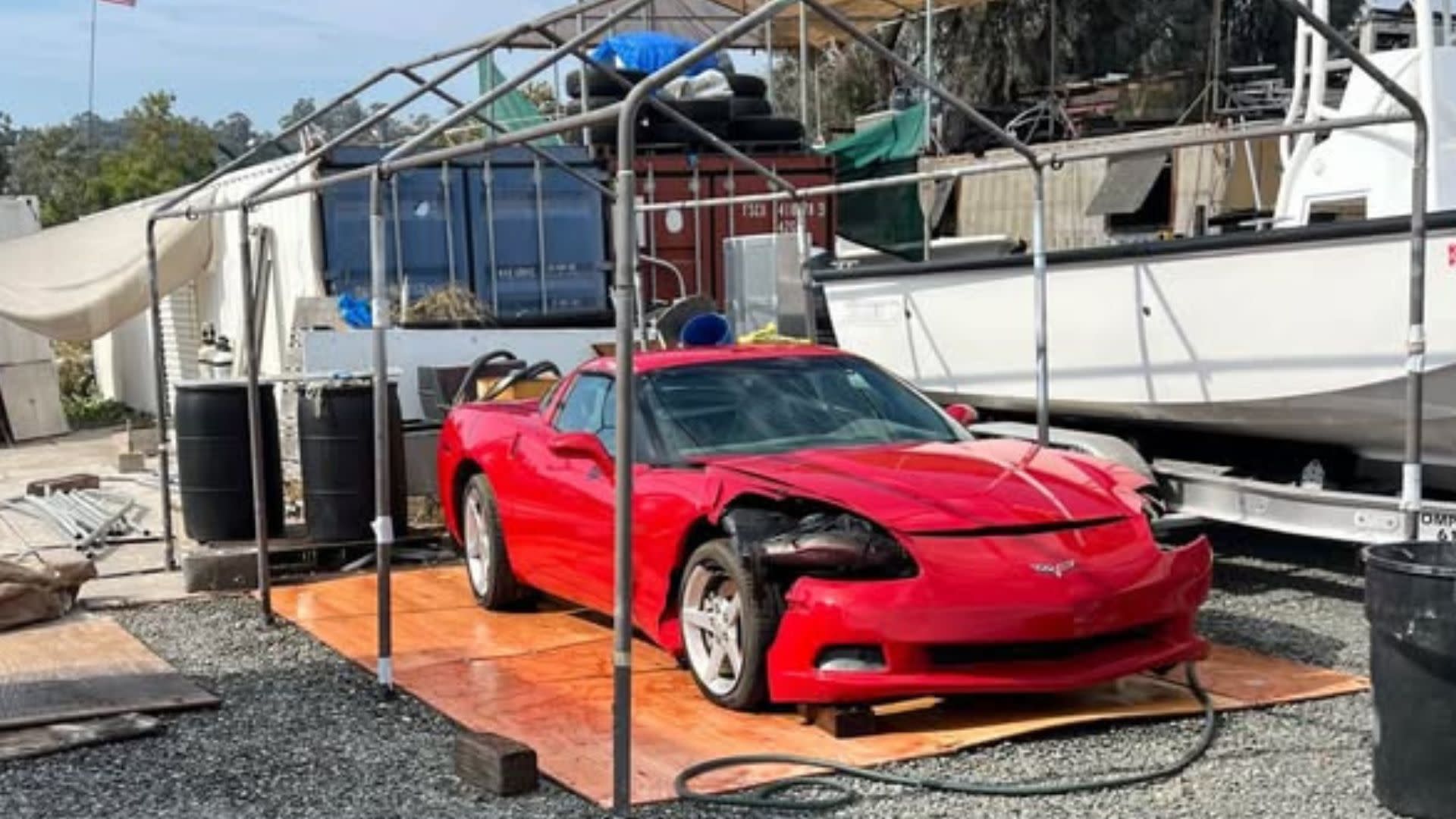The northern lights have been captivating stargazers for generations. But the same charged particles from the Sun's atmosphere responsible for this brilliant celestial display can also damage and destroy Earth's electrical and communications systems.
The Earth's magnetosphere protects the planet from the constant bombardment of solar particles, known as solar wind. This magnetic shield usually keeps these dangerous particles from damaging and destroying our technological infrastructure. But there are weak spots in the shield above the North and South Poles called polar cusps. You can think of them as a front door or funnel for the solar winds to enter our atmosphere.
MORE: How global warming could threaten satellites, according to new study
When the Sun's particles enter this funnel, the Earth's and the Sun's magnetic fields can come into contact with one another and rearrange themselves in a process scientists call magnetic reconnection. If that occurs, a powerful explosion of energy is released, sometimes equivalent to an entire day's worth of power consumed in the United States. These events can trigger the dazzling auroras or, in some extreme cases, disable satellites and cause electrical grid failures. The Sun has been particularly active lately as it's reached the peak of its 11-year solar cycle.
To better understand how the magnetic reconnection process works and its impact on Earth, NASA is launching a pair of research satellites on Tuesday at 2:13 p.m. ET on board a SpaceX Falcon 9 rocket, as part of a ride-share mission from Vandenberg Space Force Base in California.
 Millennium Space Systems/NASA's Goddard Space Flight Center - PHOTO: One of two TRACERS spacecraft is connected to the payload attach fitting (PAF) inside a clean room at Millennium Space Systems Small Satellite Factory in El Segundo, Calif.
Millennium Space Systems/NASA's Goddard Space Flight Center - PHOTO: One of two TRACERS spacecraft is connected to the payload attach fitting (PAF) inside a clean room at Millennium Space Systems Small Satellite Factory in El Segundo, Calif.The TRACERS mission, short for Tandem Reconnection and Cusp Electrodynamics Reconnaissance Satellites, includes two spacecraft flying in close formation in low Earth orbit at speeds exceeding 16,000 miles per hour. One satellite will trail the other by just 10 to 120 seconds, allowing researchers to capture changes in space weather activity in near real time, according to David Miles, a professor at the University of Iowa and the principal investigator for TRACERS.
"So, we have two spacecraft. This is the novel part of TRACERS," explained Miles during a mission press conference.
MORE: New Biomass satellite will provide an unprecedented look at the planet's forests
"That gives us two closely spaced measurements that allow us to pick apart: Is something accelerating and slowing down? Is something moving around? Is something turning on and turning off?" he added.
Each satellite carries a suite of instruments and tools for measuring how the Sun's hot, ionized gas impacts the magnetosphere.
 Millennium Space Systems/NASA's Goddard Space Flight Center - PHOTO: One of the TRACERS spacecraft is fitted with lift support equipment inside a clean room at Millennium Space Systems Small Satellite Factory in El Segundo, Calif.
Millennium Space Systems/NASA's Goddard Space Flight Center - PHOTO: One of the TRACERS spacecraft is fitted with lift support equipment inside a clean room at Millennium Space Systems Small Satellite Factory in El Segundo, Calif."What we will learn from TRACERS is critical for the understanding and eventually the predicting of how energy from our Sun impacts our Earth and our space and ground-based assets, whether it be GPS or communication signals, power grids, space assets and our astronauts working up in space. It's going to help us keep our way of life safe here on Earth and help to continue to enable safe space exploration," said Joe Westlake, NASA's director of Heliophysics.
The mission comes amid growing concern about the dangers of space weather and the possibility that solar storms could knock out communication systems, degrade GPS accuracy and damage power infrastructure on Earth. In the past, solar storms have been responsible for power blackouts, destroyed satellites and disruption to the GPS navigation system.
"Understanding our Sun and the space weather it produces is more important to us here on Earth than most realize. Every human on Earth, as well as nearly every system that's involved in space exploration and human needs, is affected by space weather," Westlake said.
MORE: How to increase your chances of seeing the northern lights as the current solar cycle peaks
The mission is part of NASA's Small Explorers program and is scheduled to last one year, but NASA says it could remain operational beyond those initial 12 months.













